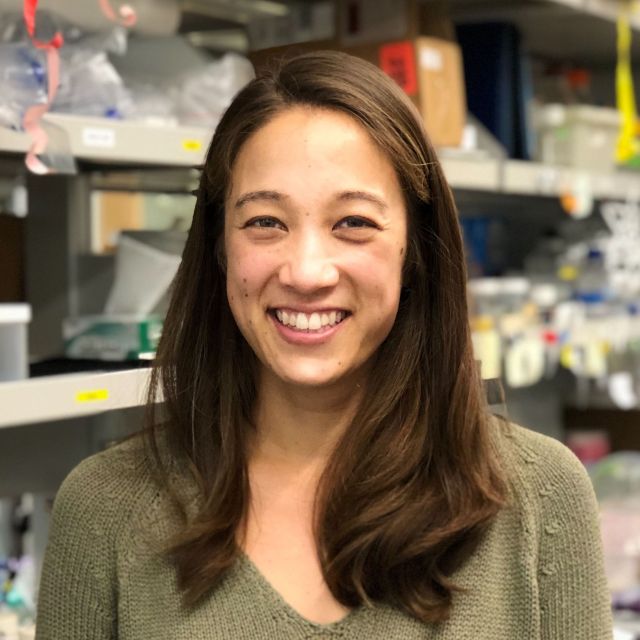Christina Heuschen, Ph.D., Postdoctoral Scholar, Stanford University

Title: Emergent Actin Flows Explain Distinct Modes of Gliding Motility
Abstract: The lives and forms of parasitic organisms showcase striking mechanobiology and biophysical phenomena. My work explores cellular dynamics, tissue mechanics, and morphogenesis through key processes in the lives of eukaryotic parasites: motility, penetration of host tissue, and organismal shape change. This talk will focus on gliding motility, the unique form of cell locomotion used by unicellular apicomplexan parasites like Toxoplasma gondii and the Plasmodium species that cause malaria. Apicomplexan parasites use gliding to move through a host body during infection, and gliding is powered by a thin layer of flowing actin filaments at the parasite surface. How does the collective motion of surface actin filaments emerge, and how does it drive the varied parasite gliding movements that we observe experimentally? I will present findings based on single-molecule imaging in Toxoplasma gondii parasites and use continuum flocking theory to predict emergent filament flows in the unusual confines provided by parasite geometry. This actin filament flocking model enables the exploration of distinct self-organized states tuned by filament lifetime, which can account for the diversity of observed Toxoplasma gliding motions. This theory-experiment interplay illustrates how different forms of gliding motility can arise as an intrinsic consequence of self-organized actin filament flows at a cell surface.